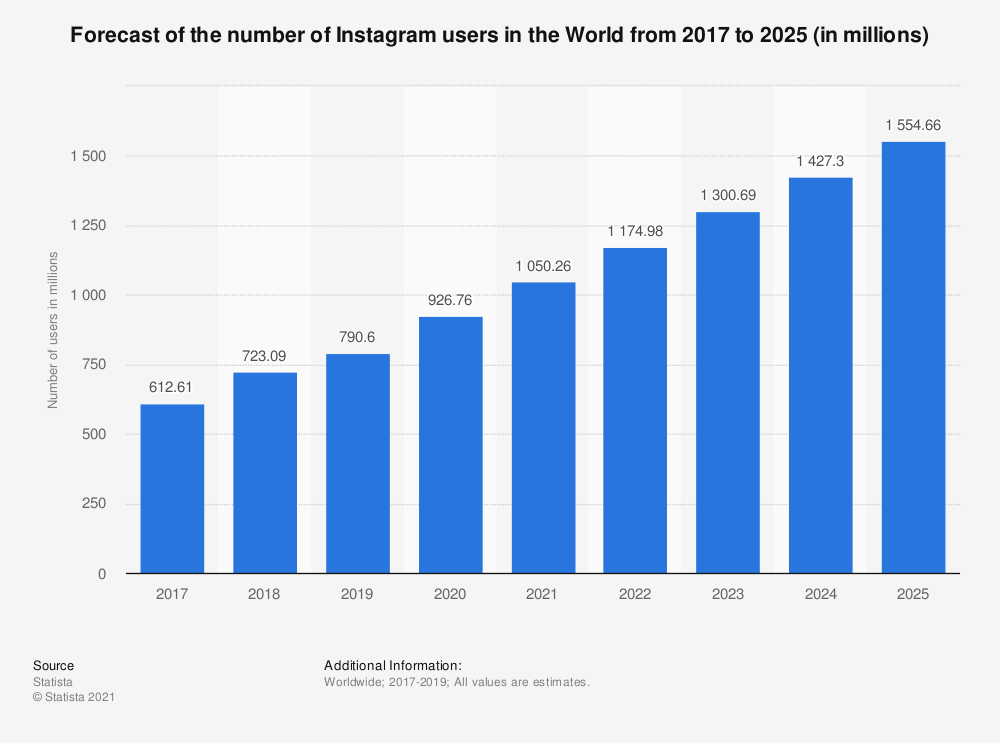10 years ago today I did my first ever freelance work. It was for the Latvian Ministry of Culture (of all people!) and within 12 months I’d run workshops for the Bodleian, then UKeIG, then the British Library, all of whom I still run workshops for a decade later, and I was off. I went down to 90% in my day-job and started doing a day of freelancing a fortnight, and I’ve now done over 270 workshops in 16 countries for 78 different organisations.
I absolutely love it. A decade of doing it is as good an excuse as any to write about it so for anyone who’s interested here’s what I’ve learned along the way.
The freelance work benefits the day-job, and having a day job benefits the freelance work
I am constantly bringing to my day job things I’ve learned doing freelance work. The analytics apps my library uses for social media, the PowerPoint techniques used to create our Induction slide decks, the campaign structure we use for our marketing - all of these were researched / developed for training and then adapted for my work place. There’s no better way to keep on top of new developments in your field than to have to know enough about them to be able to train others! So for example, when it comes time to make a video for the library there’s several apps or programmes I know how to use - because in order to include something in a workshop I always have to have used properly it myself.
It works both ways though; the day job feeds into the workshops. It grounds me in the reality of working in libraries with all the constraints that involves. Feedback I get a lot after workshops is ‘it’s so nice to have someone talk about marketing who actually works in our industry so knows what we can and can’t do’. Working in a library 4.5 days a week is extremely useful for the training that happens in the other half day.
The creation-to-delivery ratio is bonkers and not in a good way
I have a selection of workshop outlines which I adapt for each session. There’s three broad categories - strategic marketing, social media, and presentation skills - with variations. Each of those took hours and hours and HOURS to create, and then I usually spend an hour or two tweaking content and making improvements for each workshop.
Sometimes people will ask me to run training on a topic I’ve not done before, and I almost always say no - because to make 3 hours’ of content for a half-day workshop takes at least 12 hours. Planning structure, outcomes, creating slides, planning tasks and activities, writing the booklet - there’s at least a 4:1 ratio of creation to delivery. So if you take on a workshop or training gig, make sure you book in a LOT of prep time if it’s something you’ve not done a version of before.
That said, I always tweak the sessions. I’ve almost never delivered the same set of slides twice - there are always new ideas or improvements to incorporate. Sometimes I get people coming - deliberately! - to versions of sessions they’ve attended with me before, and in those cases I’m always relieved that there’ll be new content for them…
It’s lovely to build relationships over many years. One of the things I’m most proud of is that 39 of the organisations I’ve worked with have invited me back!
The orgs I've delivered most sessions for
My relationships with the Bodleian, LIEM, the British Library, NEFLIN, PiCS and UKeIG go back years and years now, I really value that. And speaking of relationships…
The best thing about librarianship is librarians
Libraries are great, but the people who work in them are better… The community is certainly not without its issues, but in general I find it to be supportive and great at sharing. Especially in the age of zoom workshops, one of the things I love is how much knowledge the participants share with each other - everyone, including me, learns from everyone else.
One of the very best things about freelance work has been the opportunity to travel. Four of the countries below I have only worked in virtually, but the rest I’ve been fortunate enough to visit for work, and librarians are fantastic the world over.
Workshops by audience location (excluding England)
Flexibility and interaction are everything
Interaction is what makes workshops feel alive and exciting. An audience full of questions and comments is just the greatest thing, and as a trainer I thrive off the energy that comes with it - and it’s lovely to know the workshop is really covering everyone’s specific needs because we’re discussing them. Sometimes groups really have to be convinced that you want interactivity, so re-emphasise it a few times both out loud and on the screen with specific prompts. I’ve done 144 in-person sessions and 128 online - the Chat is absolutely brilliant in online sessions, and I really enjoy getting to hear even more from delegates - tips, advice, examples, questions - than I do face-to-face.
Flexibility is absolutely essential for long training sessions. A session running from 10am - 4:30pm has so much potential to be elastic in terms of timings, so it’s worth being ready to change things on the fly. I usually put in more slides than I think I’ll need, then go into the slide-deck and hide material as I go along depending on how much discussion there is and what people want to focus on - then share the fuller version of the slides with delegates afterwards so they can still see the extra content if they’re interested.
You do not have to do things the way you’ve seen them done before
I can’t stress enough how it’s worth starting with a completely clean slate when building a training session. You don’t need to use post-its, or break-out rooms, or group discussion and a nominated person feeding back, just because they all get used a lot. You can, of course! But choose each activity because it best suits the work you’re doing and the delegates in that moment, rather than because it’s the sort of thing that normally happens...
I’m genuinely honoured to have worked with all these organisations below. If you’ve ever come along to a workshop thank you so much for attending, and if you asked questions or made comments thank you for that (and if you didn’t that’s fine too!), and I really hope you found it useful. I’m looking forward to seeing what the next decade brings.
If you’ve made it this far, thanks for reading! And by the way, the Instagram series that was previously running on this blog in 2022 WILL return next time I post - we’ll be talking about Stories: what they are, why they’re important, and ideas for how to use them well…





